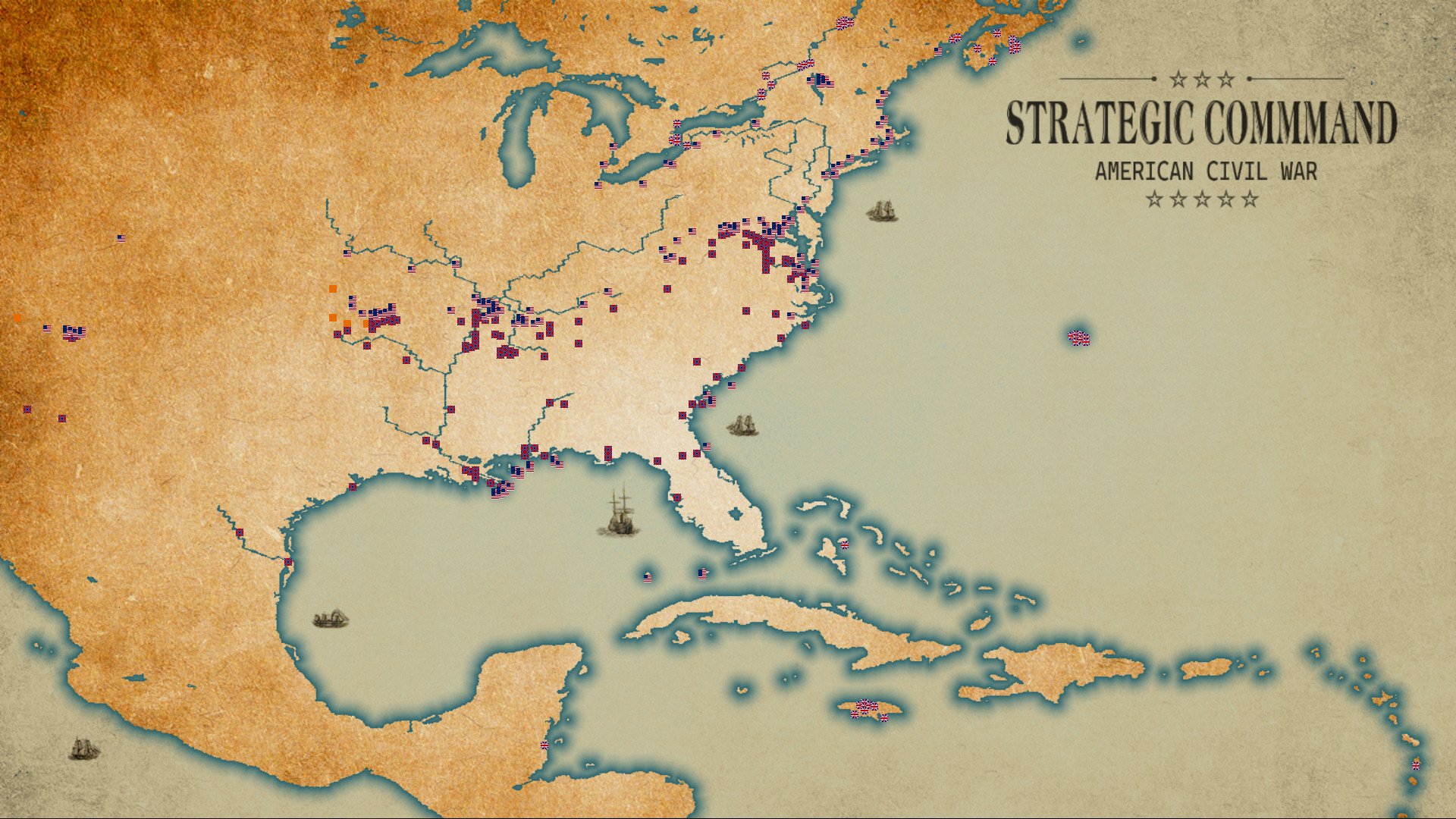Review: Strategic Command American Civil War
By Mitch Reed
I have been a fan of the Strategic Command series since a company called Battlefront came out with two games that covered World War II and the Great War. Now that Slitherine Games has become involved with this series they have released a new version of the first two games and have released Strategic Command: American Civil War, which like its predecessors is an addictive time suck that makes you wonder where the day went. The Strategic Command series, true to its name focuses on the strategic level of war in which a nation has to balance their resources in order to develop new technologies, build units and even engage in diplomacy in order to support operational level theaters all over the globe. While I felt that the scope of SC:ACW would be smaller due to the fact we have two nations at war, the designers included nations such as the indigenous Americans, Mexico and colonial and trading powers such as France and Great Britain.
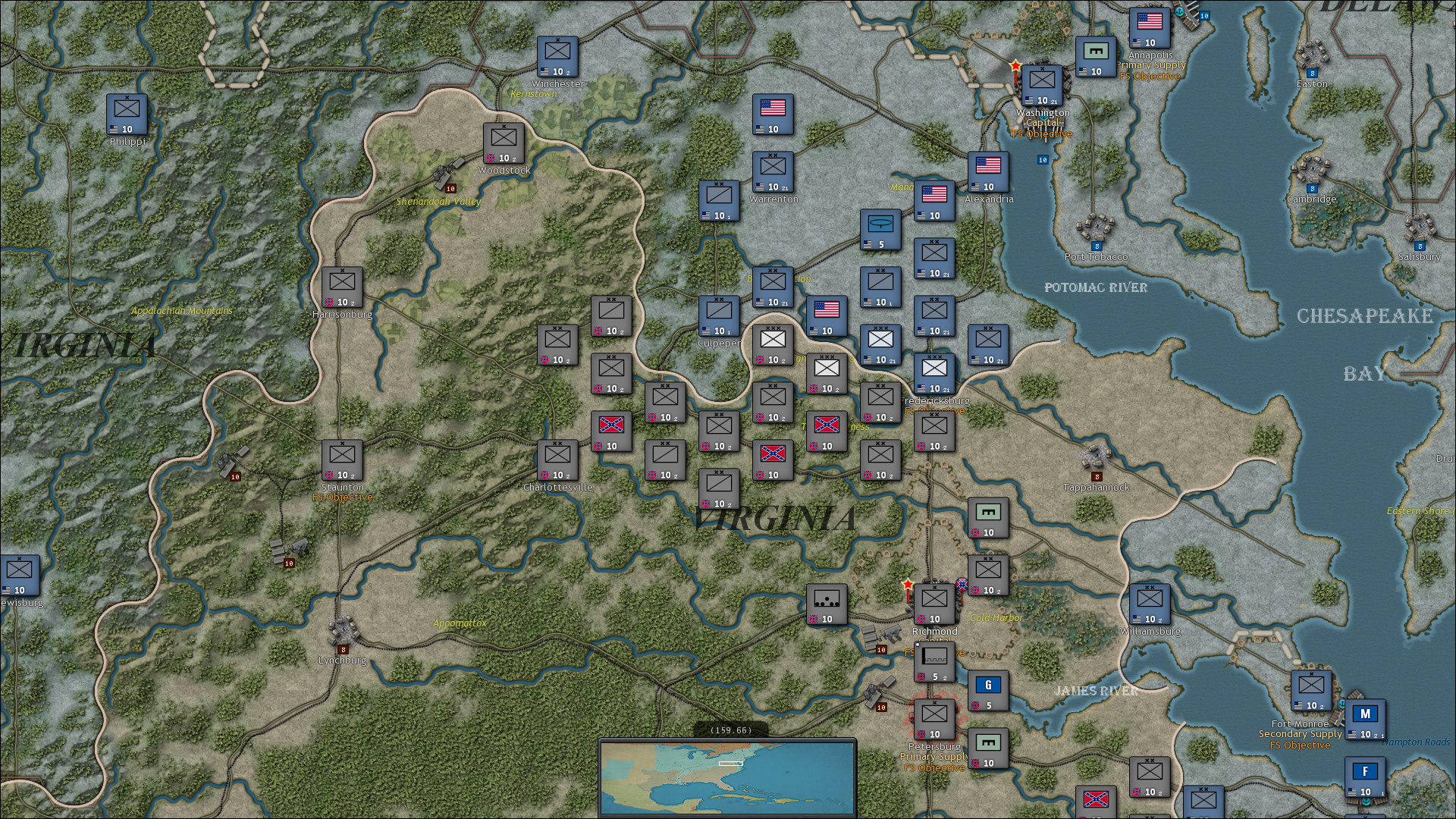 The game is relatively simple to play, during your turn you assign resource points to focus building technology in one a many areas, buy new units that will be available in future turns and move your units around the map. While these actions are easy to do, they often are hard to master, much like a real conflict.
The game is relatively simple to play, during your turn you assign resource points to focus building technology in one a many areas, buy new units that will be available in future turns and move your units around the map. While these actions are easy to do, they often are hard to master, much like a real conflict.
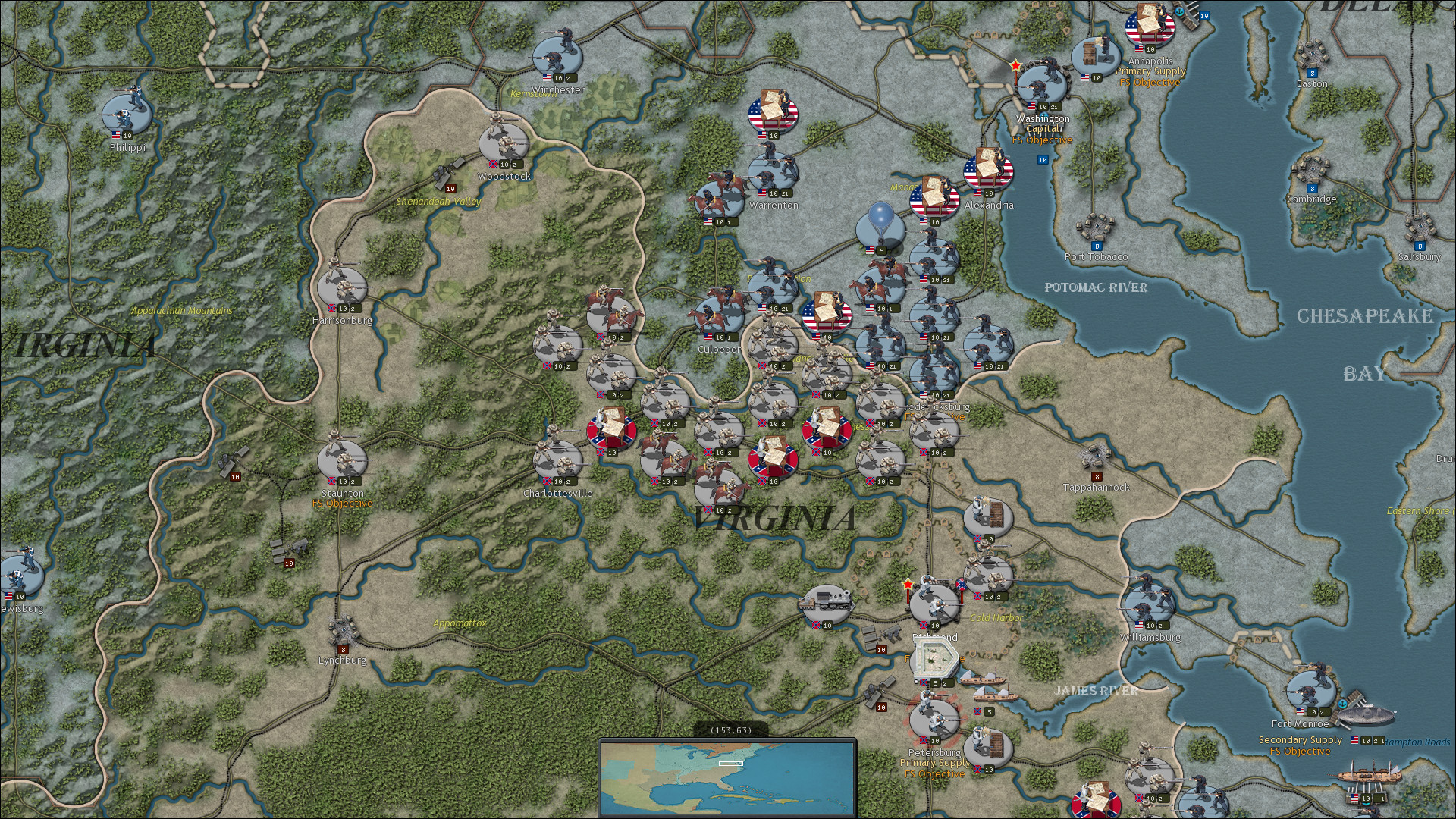
In SC:ACW you get all the units you would find in all three domains of 19th Century warfare (yes it has air… balloons). While players get forces scheduled at the start of the game, you will need to develop a strategy to win the game and then build the capabilities that will allow you to pursue your objectives. My game as the US commander I had to build units for ground combat and build a navy in order to blockade the rebels (I know, not very original). Each unit has a build timeline, so I got just enough ground units to hold the rebels in place while I focused on building ships that take more time to produce. You can speed up production by investing in industrial technologies, however, no unit put into production is immediately available.
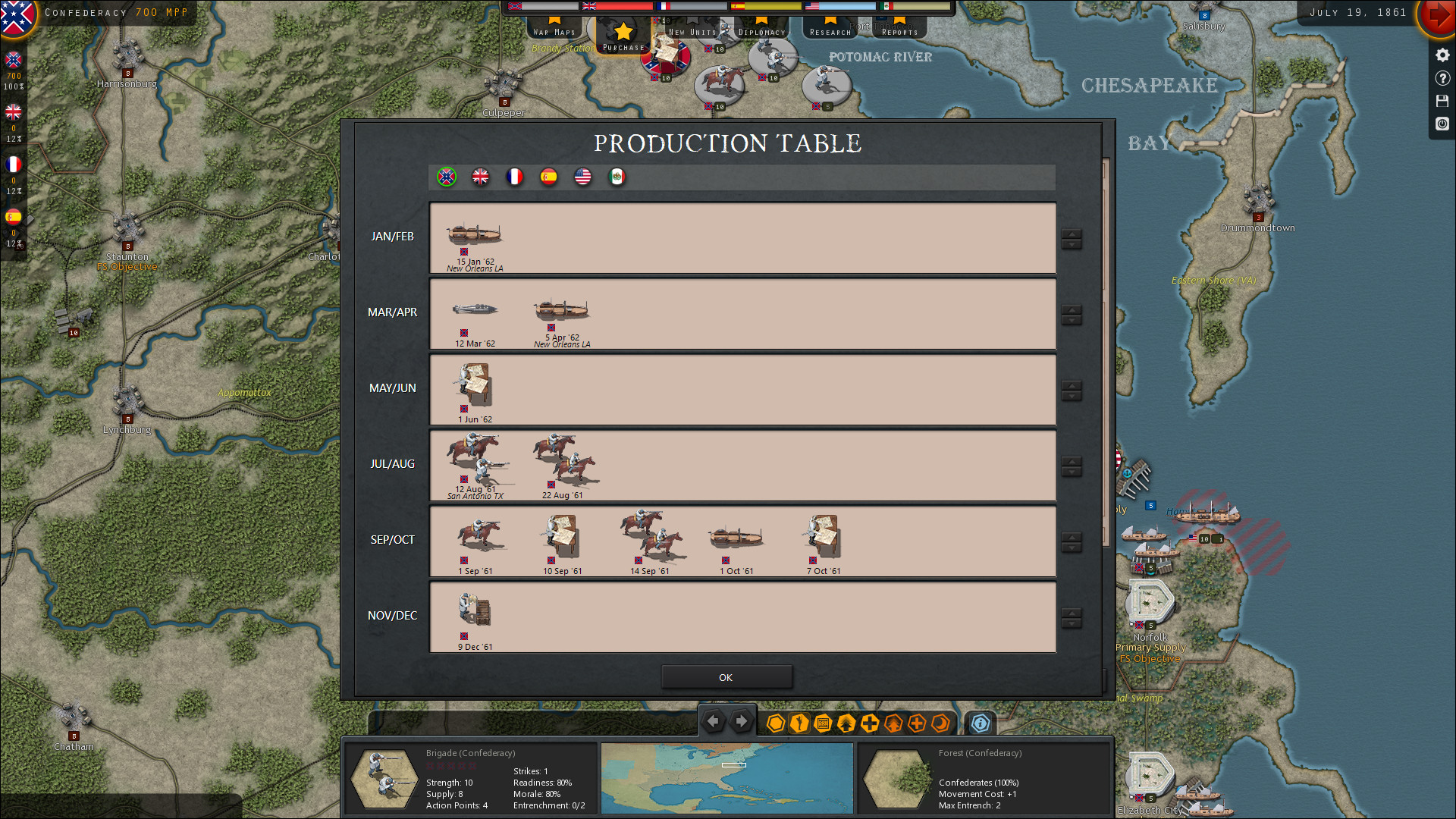
The land units in the game vary in size and scope, for infantry units, you can build brigades, divisions, and with some tech advancements eventually corps-sized units. Each of these units can be further upgraded based on tech improvements you have successfully developed. These improvements have a noticeable effect in combat, so you definitely want to spend considerable resources in this area. Also, some units only become available after you have perfected certain technologies.
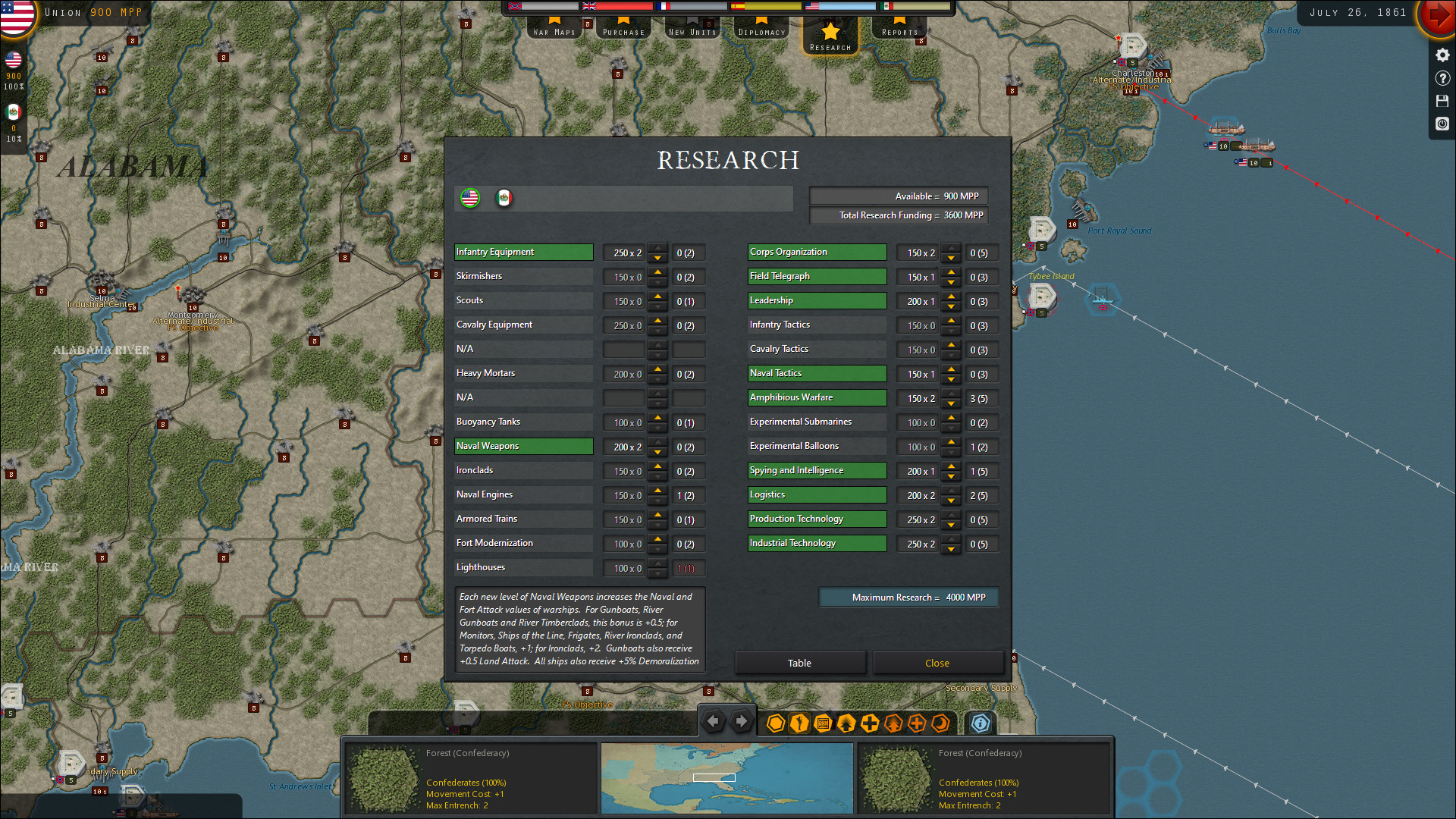
Other land units consist of cavalry, engineers (to build defensive positions) siege artillery, armored trains, mountain, irregular, and Marine Corps units among others. Each unit type has specific characteristics and capabilities, so players need to use them correctly to get the results they want. The naval units you can choose are also varied; gunboats, frigates, ships of the line to all types of ironclad ships. You even get to use submarines if you develop the technology for it. The last unit worth mentioning is the “Leaders” who represent the actual generals which adds so much flavor to the game.
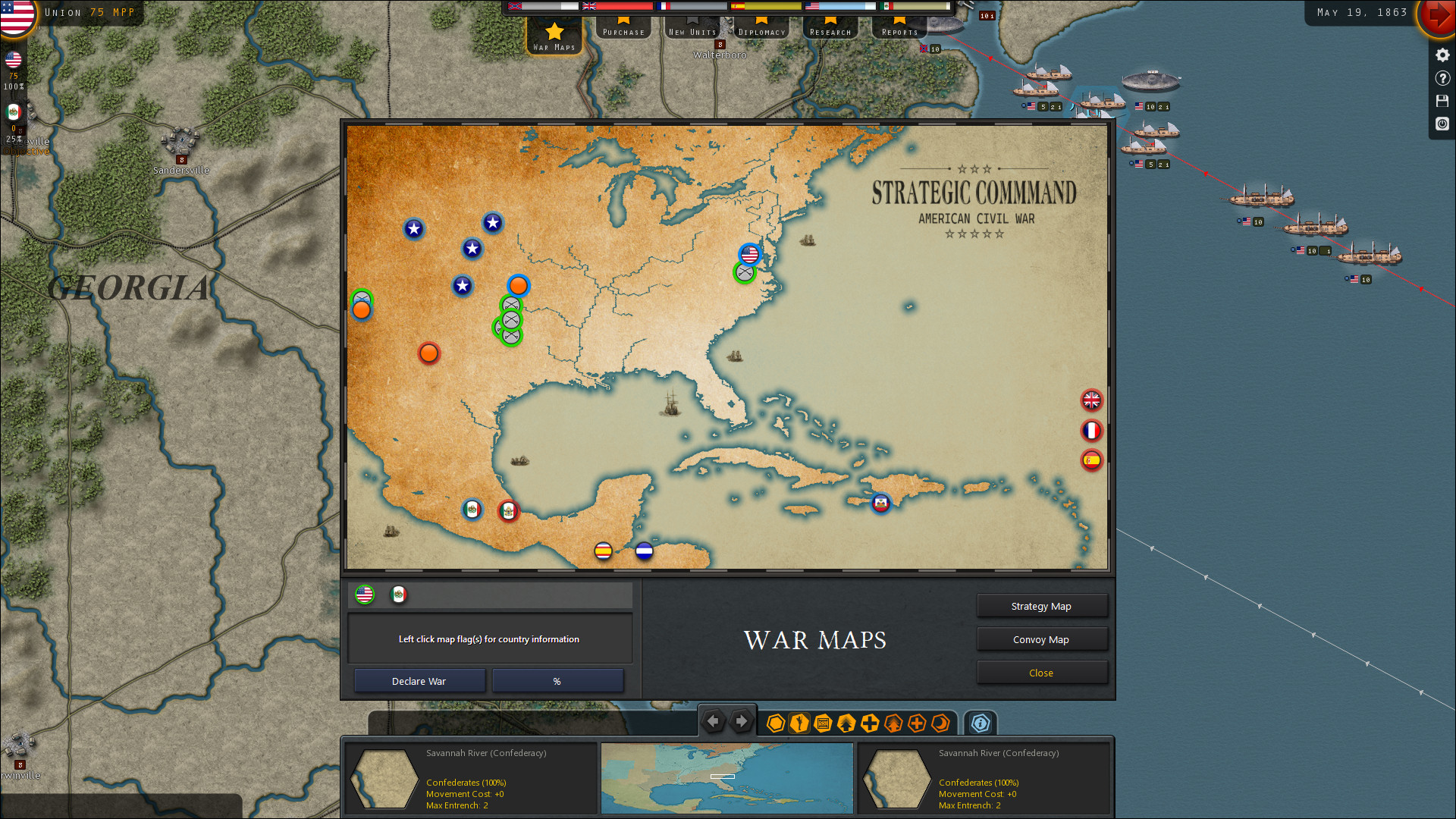
For American Civil War buffs, almost everything you want is here, the units, the river battles and the economics/political considerations that any game on this subject must-have. The map covers almost all of the United States, so you can conduct campaigns in the US Southwest. The map also covers Mexico, Canada, and the European island territories that surround the south and eastern coasts of the US mainland. The inclusion of such territories allows the possibility of a European intervention in the conflict.
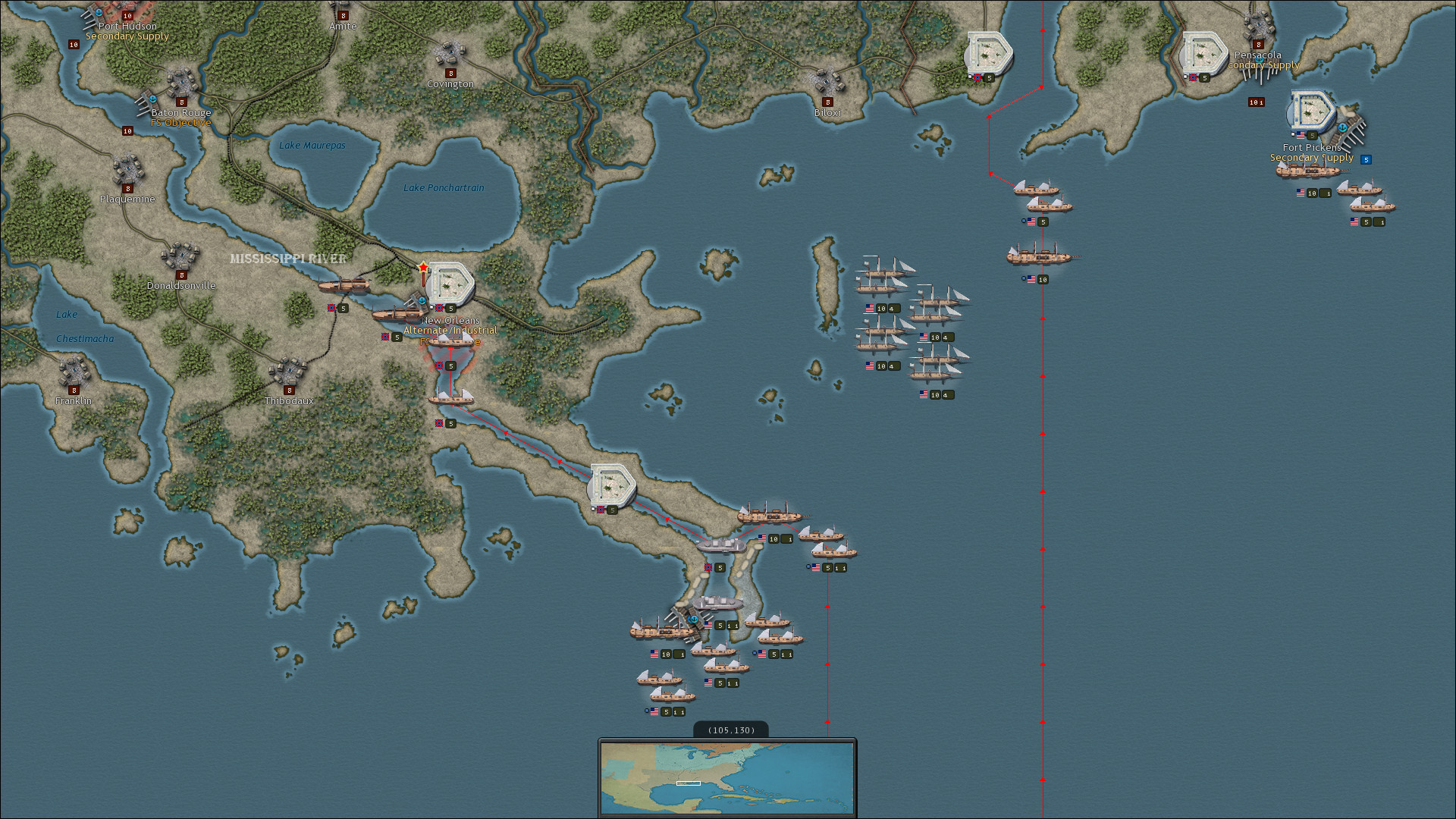
The game also has six missions that allow you to play a part in the war or the entire event, including the Trent Affair which has the United Kingdom recognize the nation formed by the rebels.
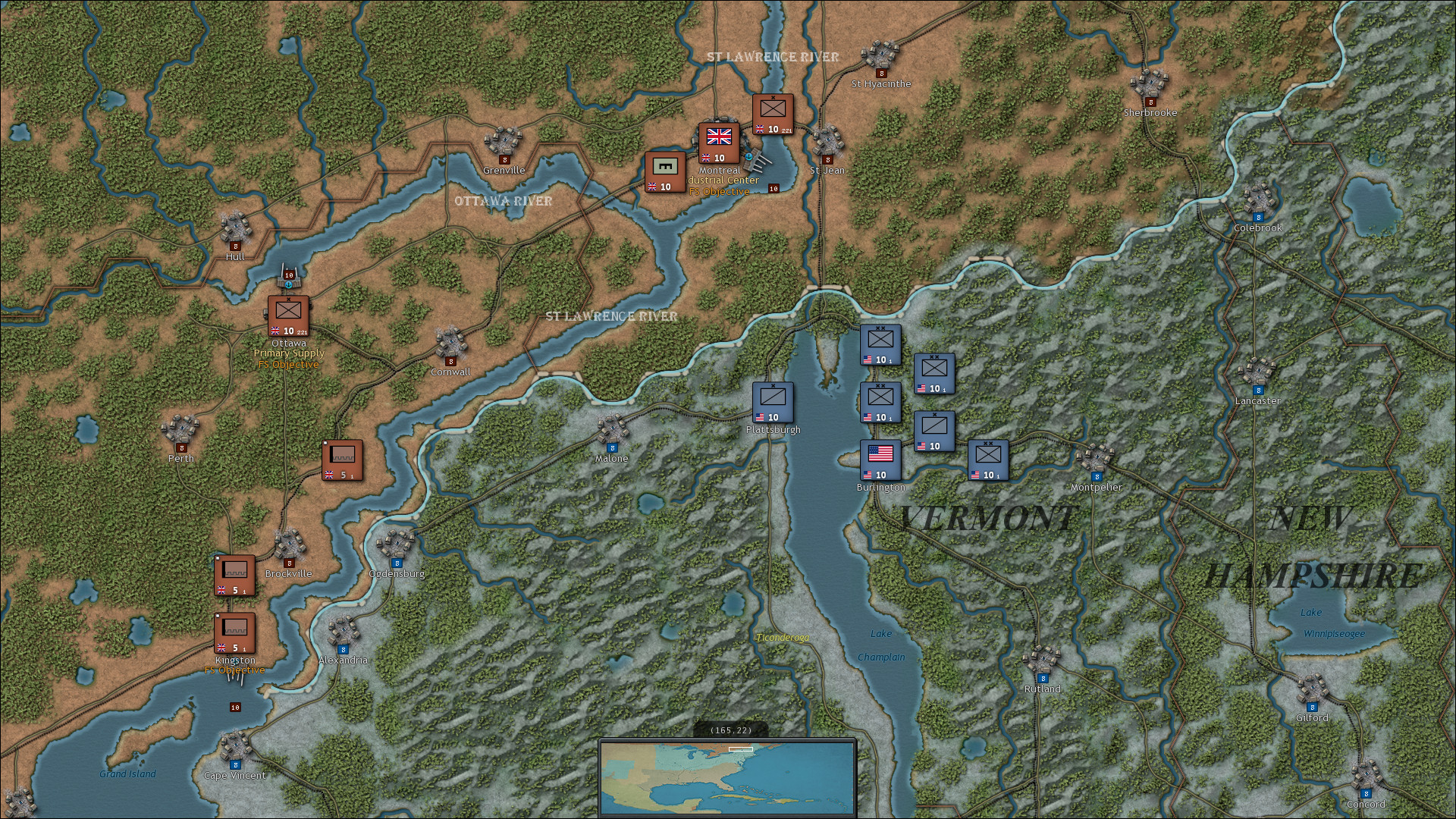
Many are wondering now how this game play, and if you are a fan of the first two games, you already know how the Strategic Command series works.
For those that have not, I will describe this game as a huge “time suck” which is meant in a very positive way. I have found myself starting up the game for a quick turn or two and before I realize it, I have been playing the game for hours. The game draws you in so quickly and you will spend hours building, planning, and maneuvering forces. A lot of this is because the game is easy to play and many of the deep mechanics are under the hood so you do not need to micro-manage during each turn.
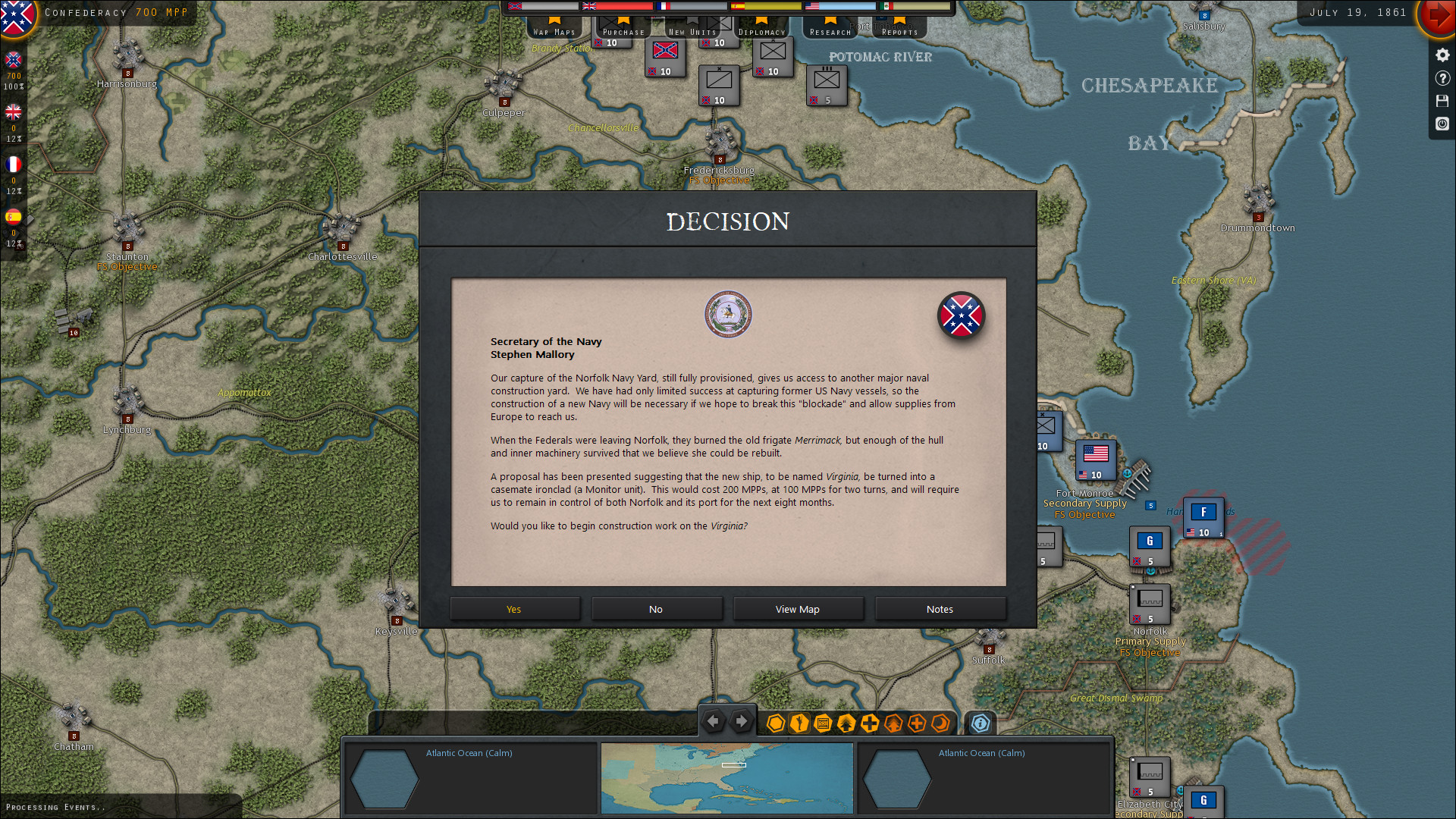
Despite this ease of play, the game is challenging and the player can increase or decrease the ability of the AI to offer a different playing experience.
I have spent over 65 hours playing SC:WW1 and so far with the media copy I got before release I have invested almost 18 hours in SC:ACW, which alone should tell you how much fun this game is.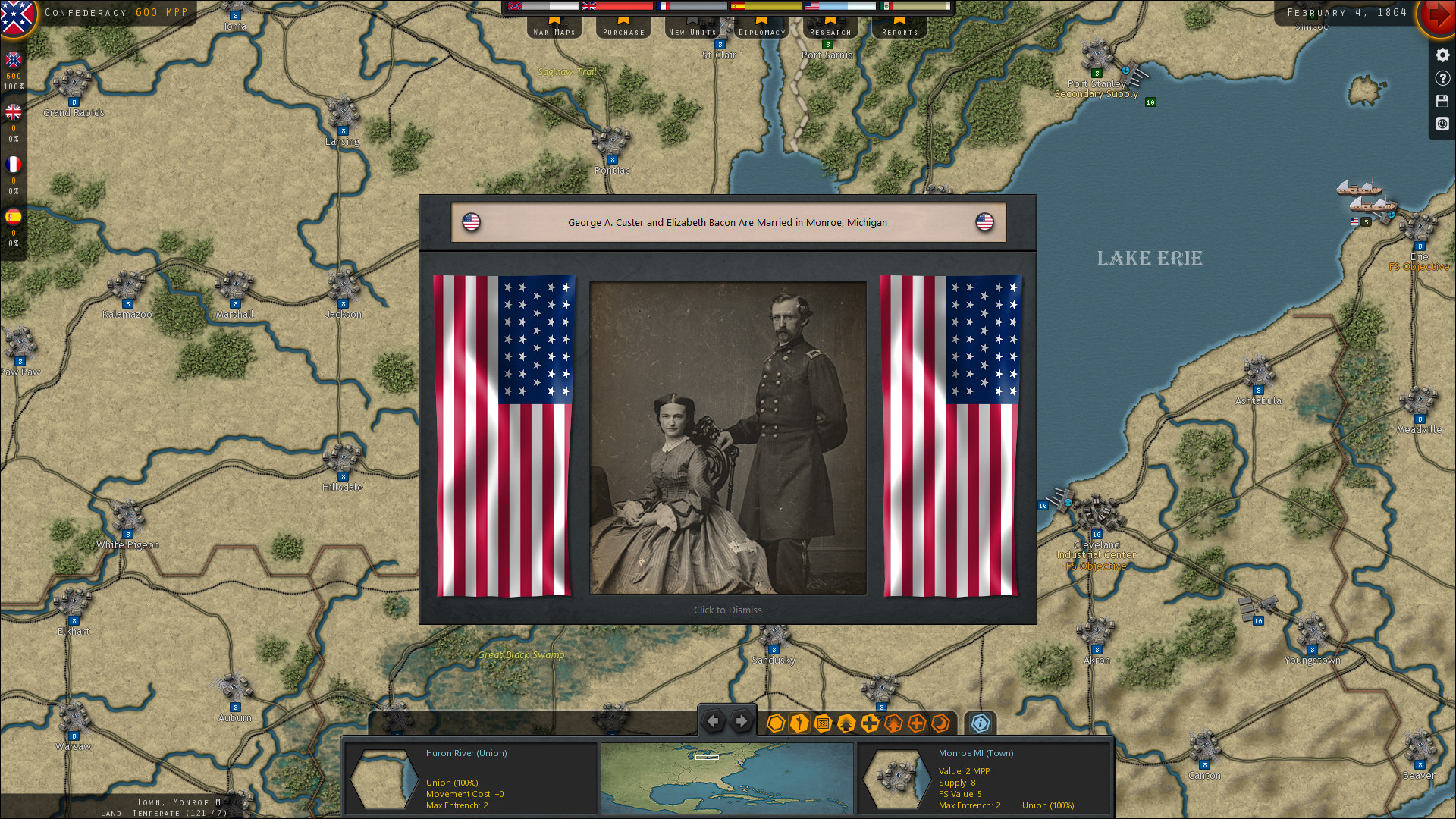
If this game or any of the games in the series appeals to you, go to the Slitherine Games website or Steam and quickly download a copy.
